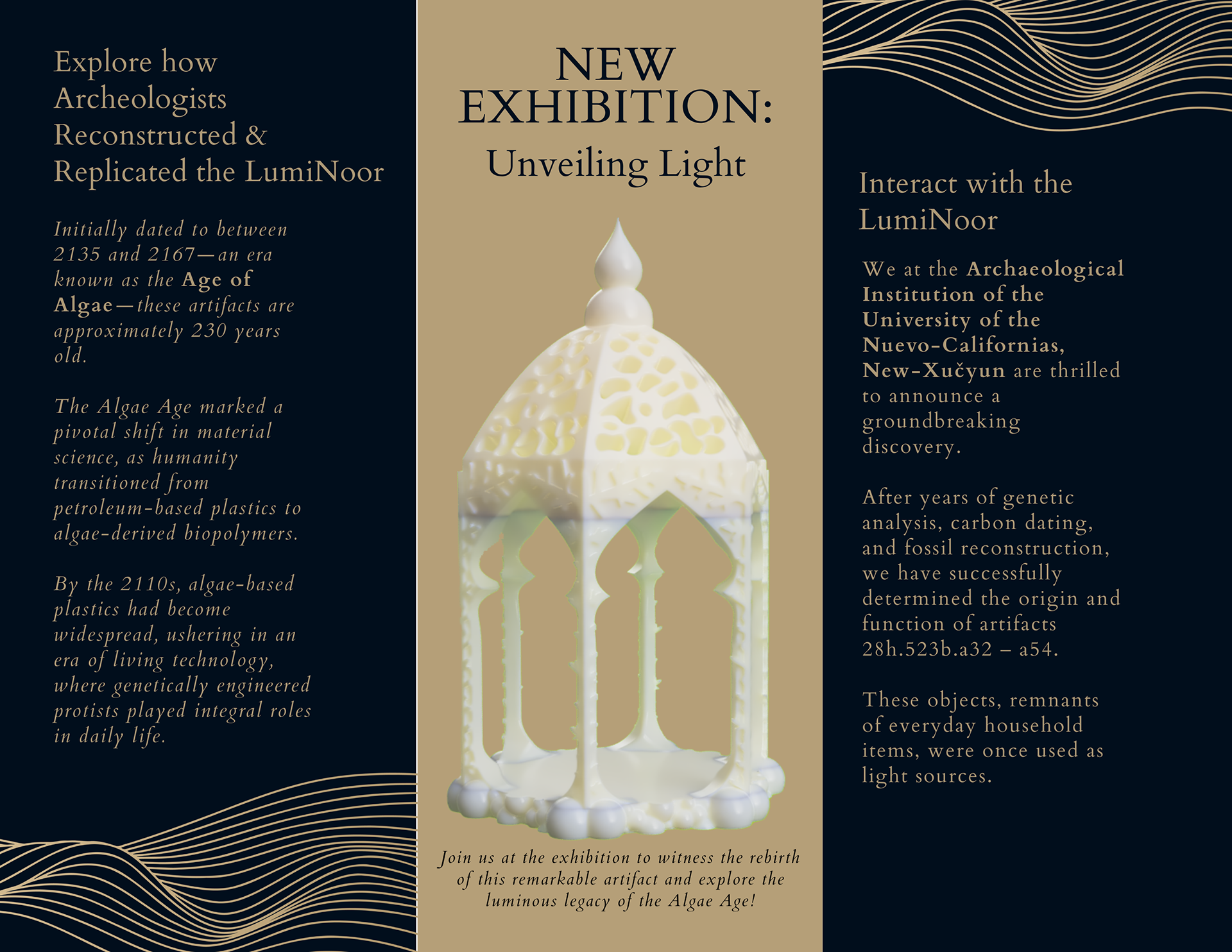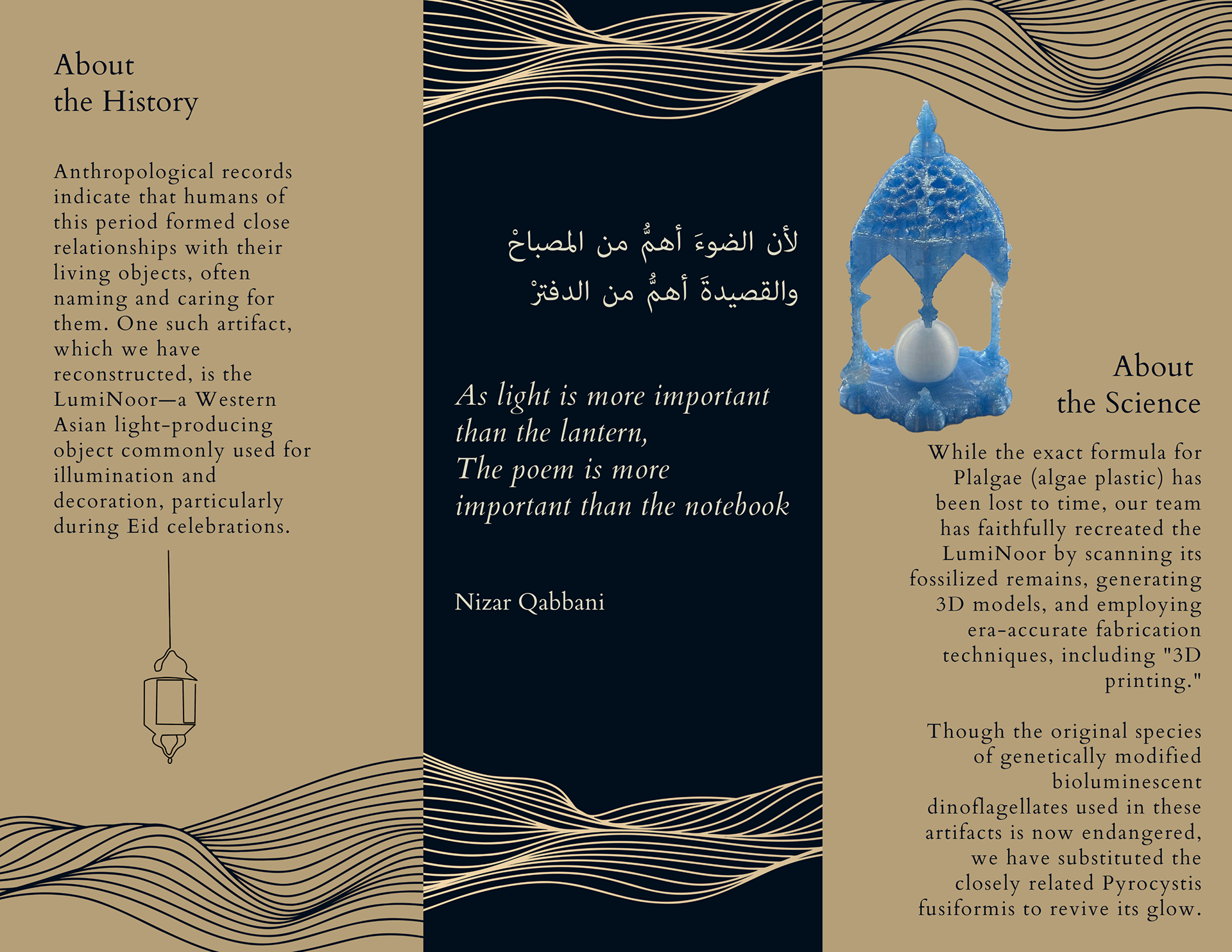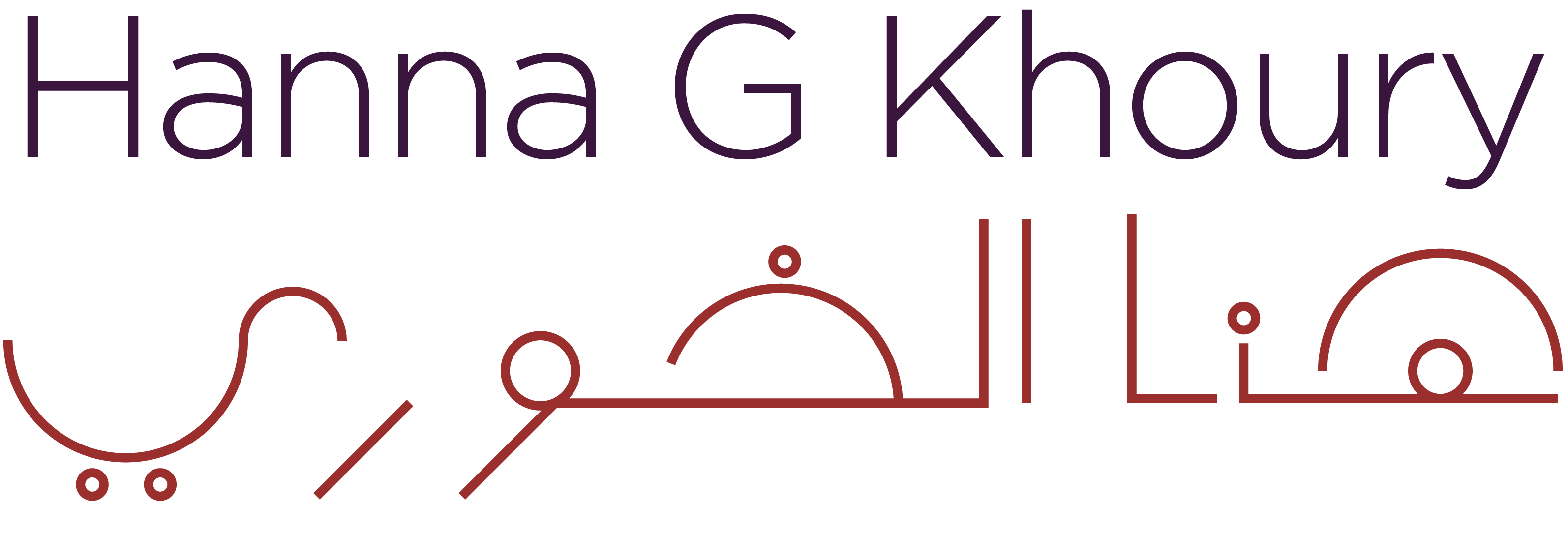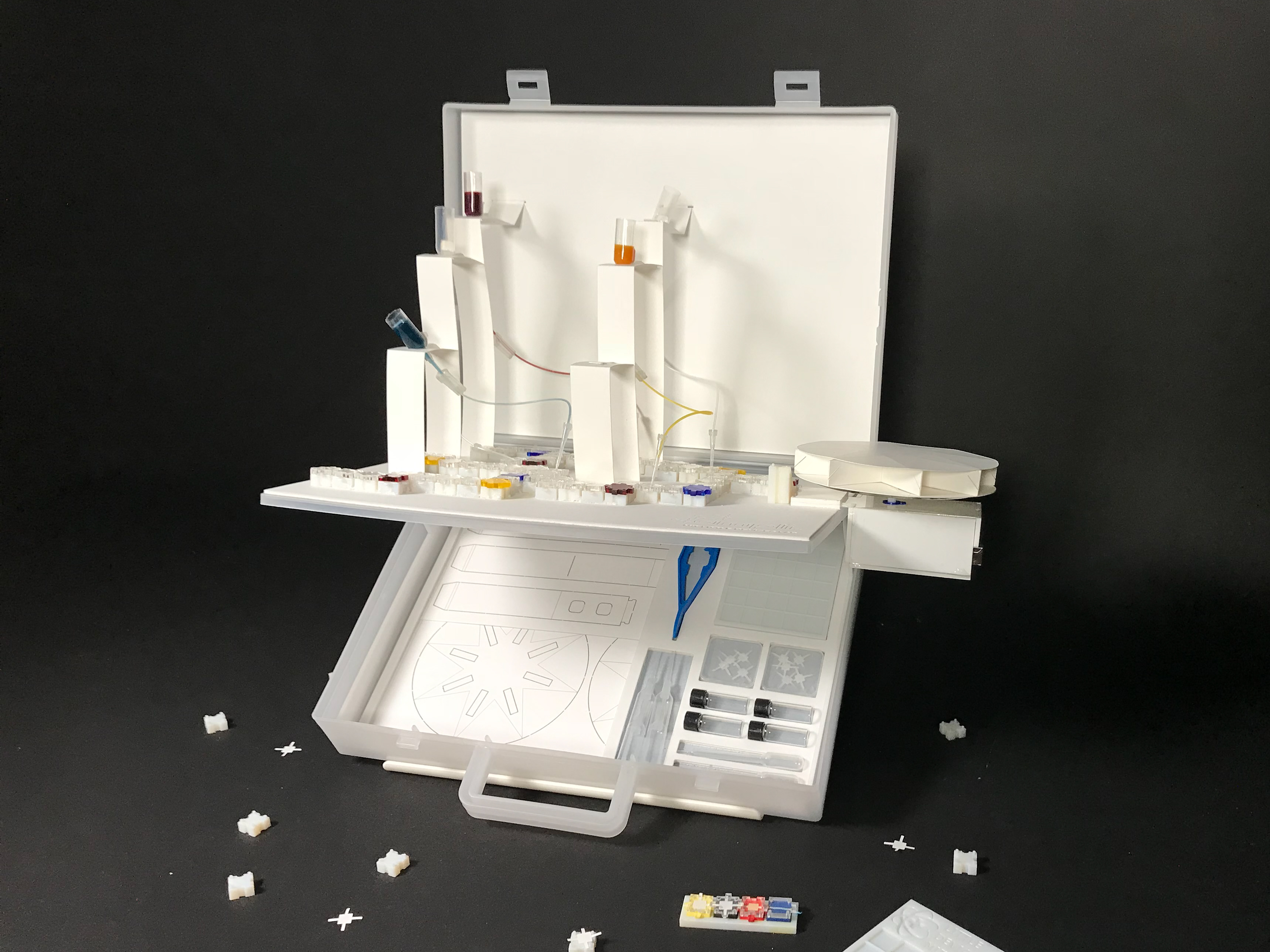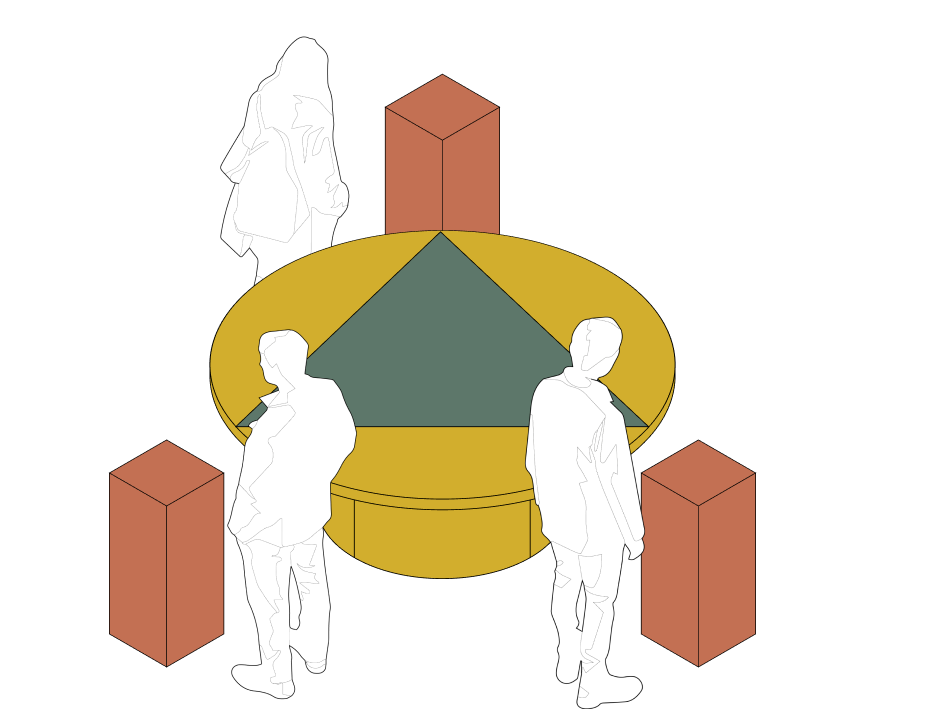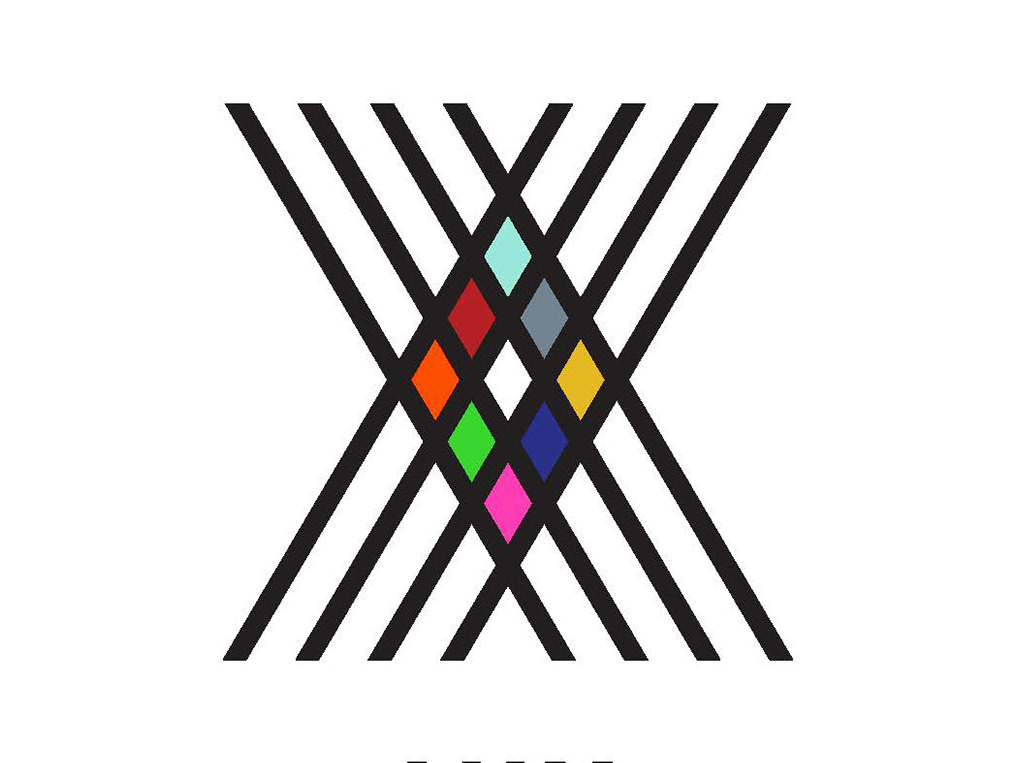LumiNoor
Exploring conscious consumption and care through a bioinspired lantern that lives alongside you.
Abstract
LumiNoor is a bioinspired Western Asian-style lantern that uses bioluminescent plankton to provide light. The project is a speculative design exploration of how we might develop mutually beneficial relationships between humans and their objects. It investigates how product design can foster a symbiotic relationship between people and their belongings by embedding values of care, sustainability, and cultural storytelling into the physical form and function
Role: Concept Development, Design, Fabrication, Video and Visual Storytelling
Team Size: Solo Project
Duration: 3 weeks
Tools: Fusion 360, Adobe Illustrator, Bambu 3D Printer
Team Size: Solo Project
Duration: 3 weeks
Tools: Fusion 360, Adobe Illustrator, Bambu 3D Printer
LumiNoor was an individual speculative design project that explored how we might build more symbiotic relationships with the objects we own. Inspired by coral ecosystems and the glow of bioluminescent plankton, I designed a lantern that challenges traditional ideas of product ownership, care, and longevity by requiring ongoing interaction with a living light source.
Through the fusion of cultural craft traditions and speculative storytelling, LumiNoor challenges assumptions about permanence and function. It invites users into a slower, more intentional relationship with their environment, encouraging maintenance, stewardship, and narrative engagement.
Overview
Design Process
I began the project by sketching coral-inspired forms and researching traditional lanterns from Western Asia. My early explorations focused on organic shapes, but as I developed 3D models, I realized that the precise geometries and ornamental intricacies of traditional lanterns was integral to their visual language. I chose to preserve this geometry in the crown while adding soft, irregular window cutouts to bring in a more marine and organic feel.
Ideation


The first prototype was a scaled-down 3D print used for a spatial study. This version allowed me to assess its presence and proportions in context of the spaces I intended it to occupy. From there, I added detailed textures and thinner columns. The second iteration, although visually improved, broke during post-processing due to structural weaknesses. This failure taught me to thicken key support structures and better position my model for printing, improving structural integrity in future iterations.
Iterations

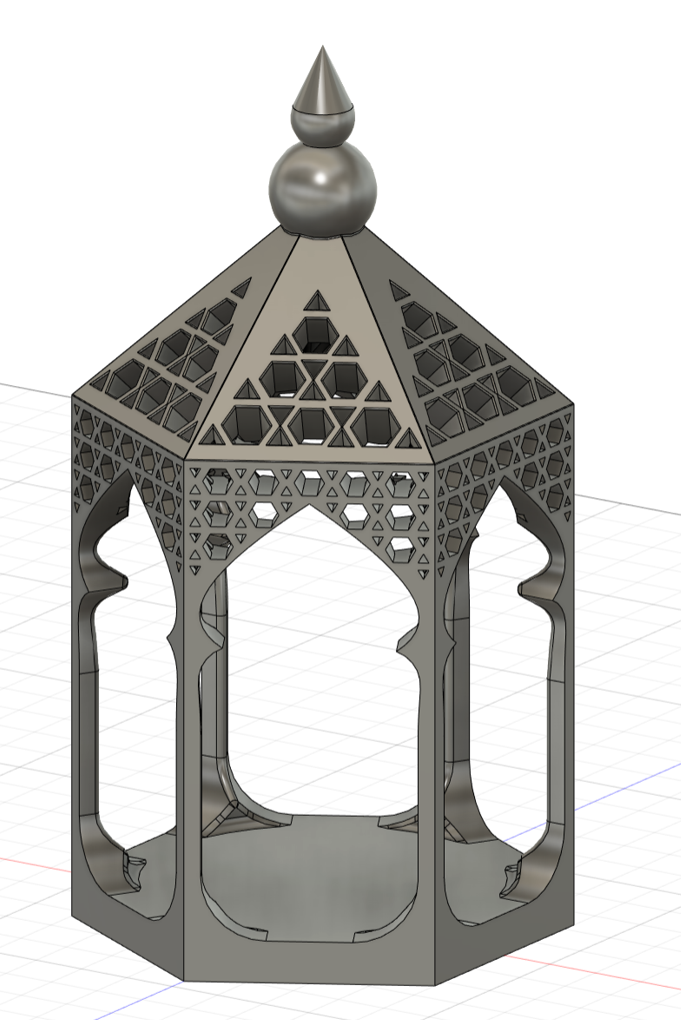
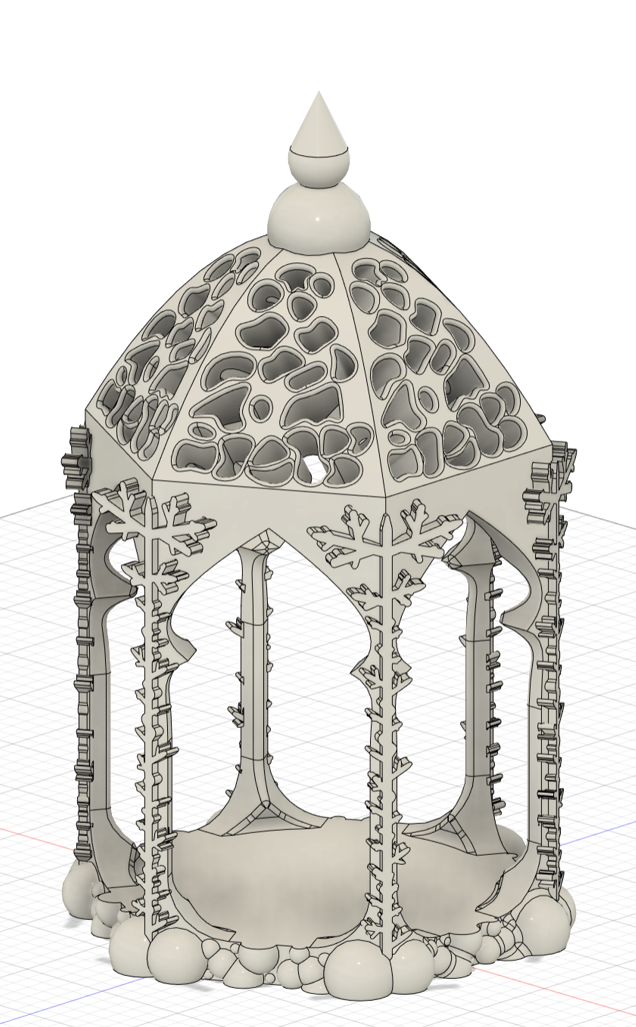
To manage print stability and reduce both support material and waste, I divided the lantern into three modular sections comprising eight total parts. The first full-scale prototype was printed in white PLA filament to mimic bleached coral, aligning with the piece’s environmental narrative. Due to a filament shortage, the top section was printed in an alternate color for early presentation but was later reprinted in white for coherence. Ideally, I would like to reprint the piece in a PLA-algae biofiller blend to align with my messaging around conscious consumption and plastic waste.
Fabrication
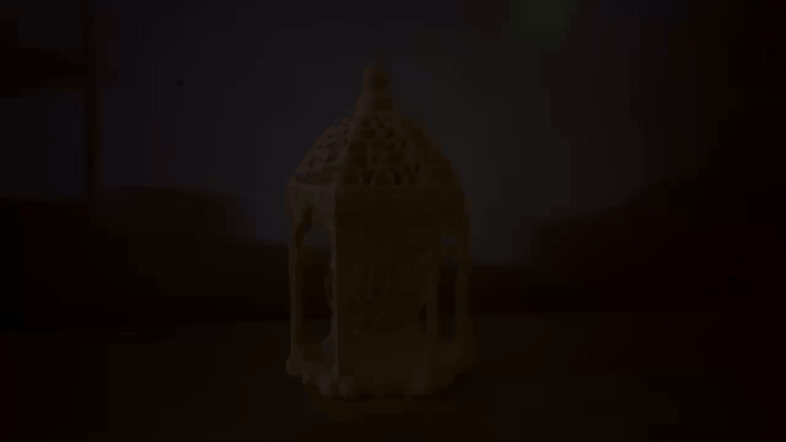
The final presentation of LumiNoor was staged as a fictional museum exhibition titled Unveiling Light, set in the distant speculative future.
As part of the fictional exhibition, I created a short documentary-style video exploring domestic rituals surrounding LumiNoor's care and use. Alongside the video, I created a fictional museum pamphlet for a future archaeological exhibit, presenting LumiNoor as an artifact embodying ecological symbiosis and speculative memory. Together, these narrative tools extend the object’s meaning beyond its physical form, positioning it within a broader constellation of cultural and ecological storytelling.
Final Product
